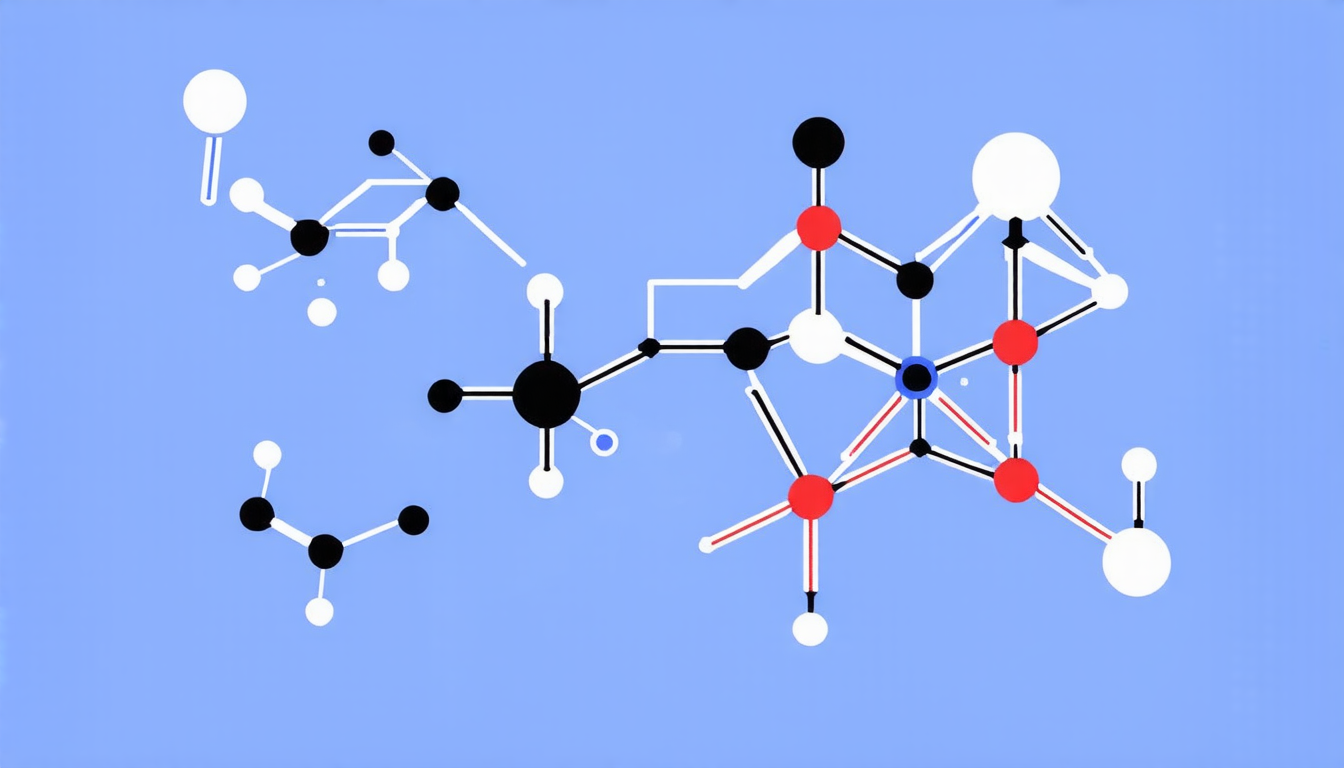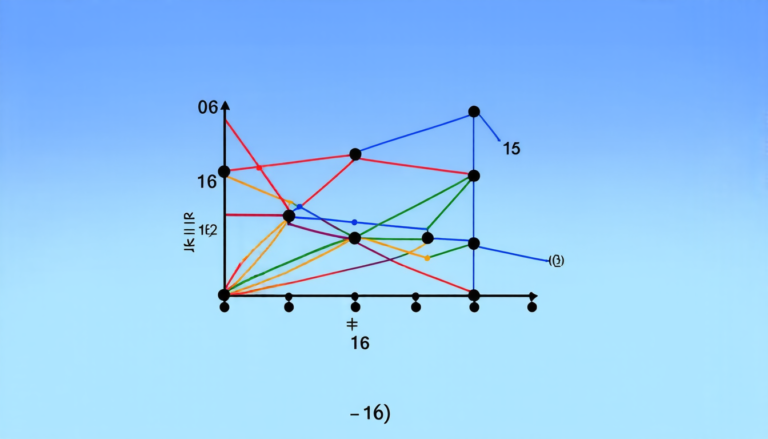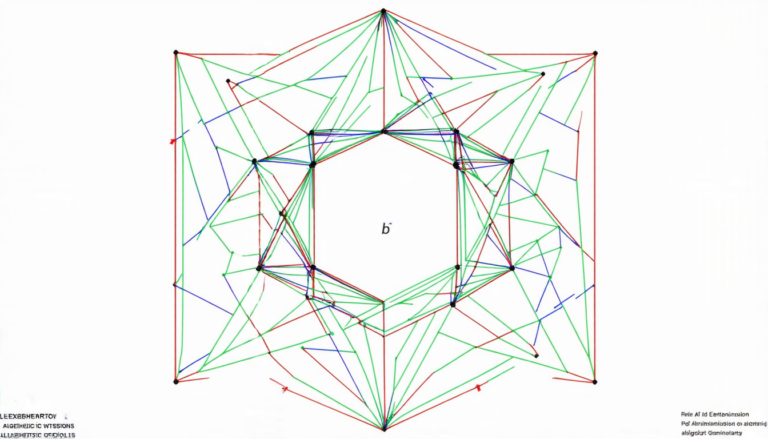Thursday 14 August 2025
The intricate dance of elastic forces within materials is a fundamental concept in physics and engineering, but researchers have long sought to better understand the underlying mechanisms that govern these interactions. Recently, scientists have made significant strides in this area by developing new models for second-gradient nonlinear elasticity.
At its core, elasticity refers to the ability of an object to return to its original shape after being deformed. This is achieved through the interactions between molecules within the material, which generate forces that push against each other. However, as materials are stretched or compressed, these forces can become distorted and lead to complex behaviors such as phase transitions and microstructure formation.
The challenge lies in developing models that accurately capture these intricate interactions while also being computationally tractable. Traditional approaches have relied on simplifying assumptions and approximations, which can limit their accuracy and applicability. The new models developed by researchers aim to address this issue by incorporating higher-order gradients of the deformation field into the equations.
These second-gradient nonlinear elasticity models are more sophisticated than their traditional counterparts, as they account for the nonlinearity of the material’s response to deformation. This is particularly important in materials that exhibit complex behaviors under stress, such as those used in aerospace engineering or biomedical applications.
The benefits of these new models extend beyond improved accuracy and applicability. They also provide a deeper understanding of the underlying mechanisms driving the behavior of materials, which can lead to novel design strategies and the development of new materials with tailored properties.
One of the key findings from this research is that certain materials can exhibit both smooth and sharp phase boundaries under stress, depending on the conditions. This has significant implications for fields such as materials science and engineering, where understanding the behavior of materials is crucial for designing and optimizing their performance.
The development of these second-gradient nonlinear elasticity models also highlights the importance of interdisciplinary collaboration between physicists, mathematicians, and engineers. By combining insights from each field, researchers can develop a more comprehensive understanding of complex phenomena and create innovative solutions to real-world problems.
As researchers continue to refine and apply these new models, we can expect significant advances in our ability to design and engineer materials with unique properties. This has far-reaching implications for a wide range of industries, from aerospace and automotive to biomedical and energy applications. By unlocking the secrets of second-gradient nonlinear elasticity, scientists are taking a major step towards creating innovative solutions that will shape the future of engineering and technology.
Cite this article: “Unlocking the Secrets of Second-Gradient Nonlinear Elasticity”, The Science Archive, 2025.
Elasticity, Materials Science, Nonlinear Elasticity, Second-Gradient Models, Phase Transitions, Microstructure Formation, Aerospace Engineering, Biomedical Applications, Interdisciplinary Research, Computational Modeling







